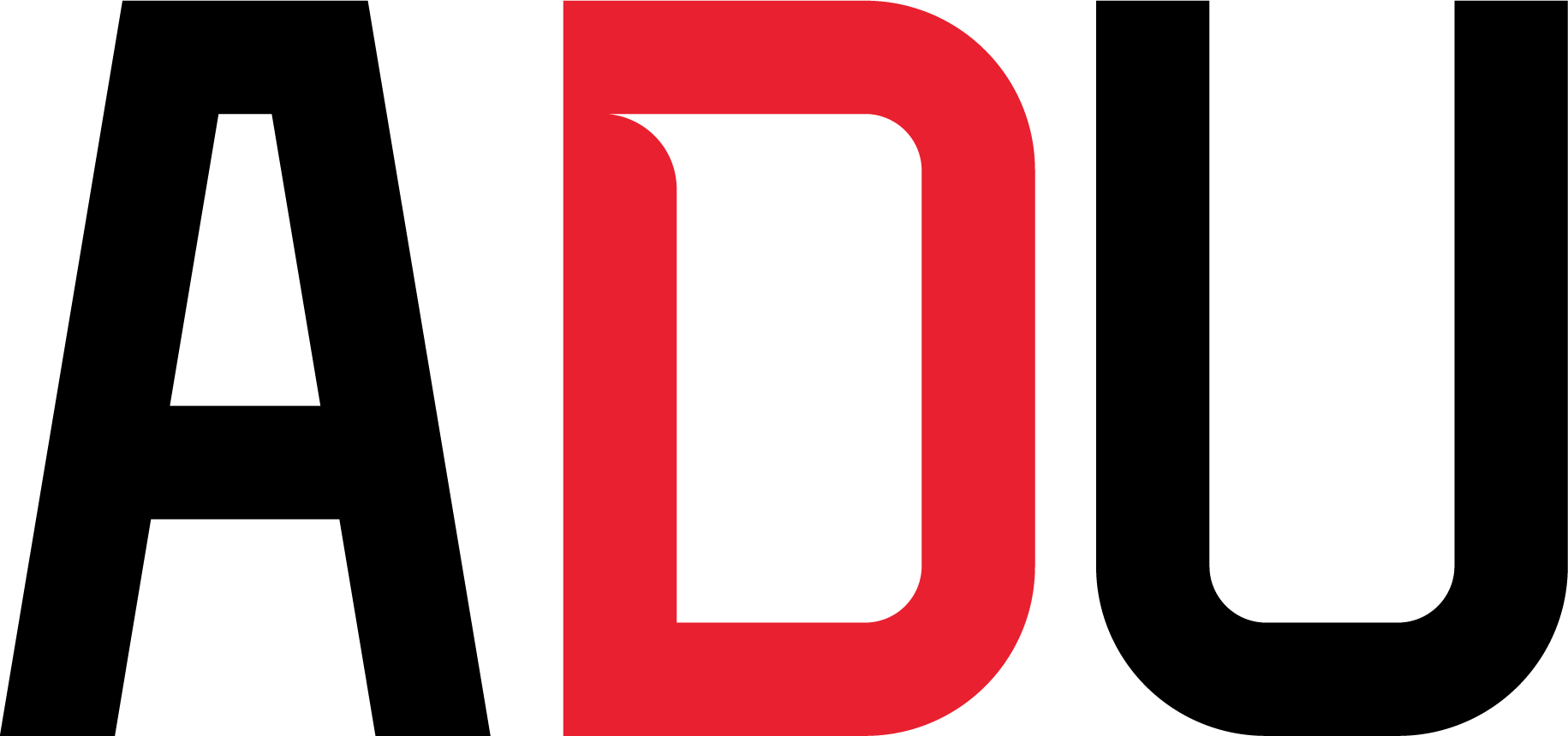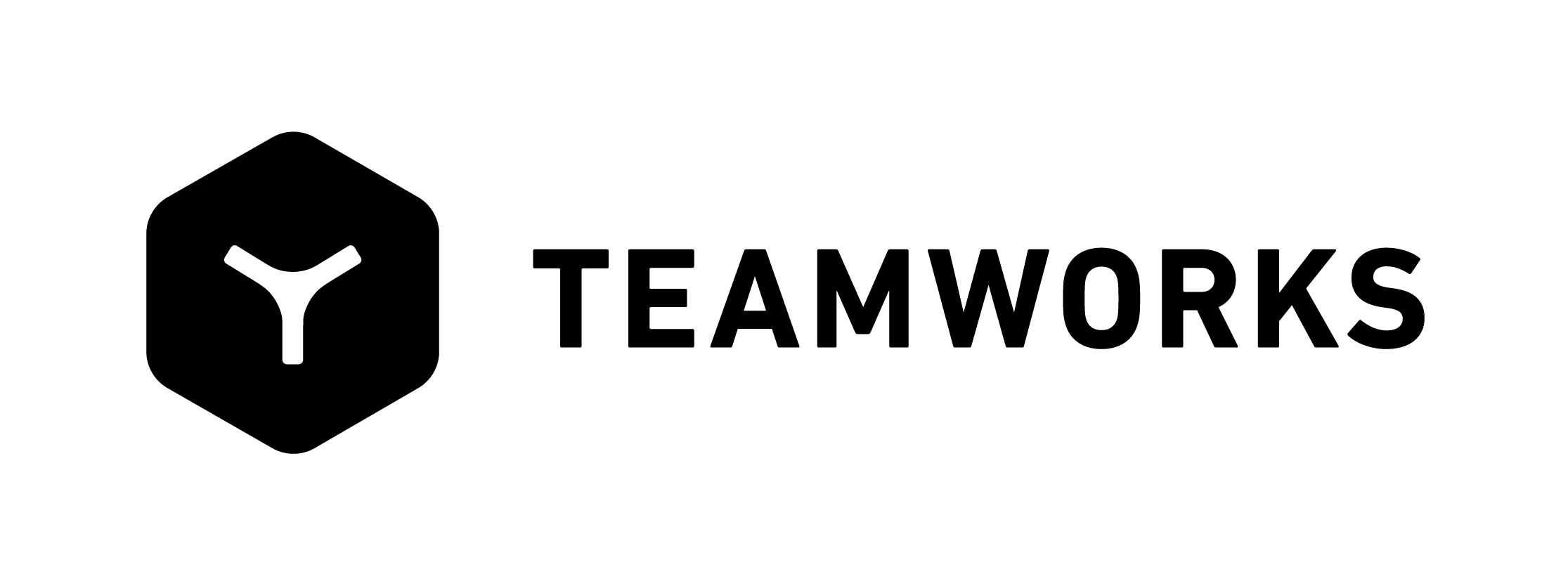AthleticDirectorU surveyed thousands of Division I college athletics administrators across the nation for the first time since the spring of 2022 to get an overall sense of professional burnout, exhaustion and disengagement in the industry. Using the publicly available Oldenburg Burnout Inventory, ADU found that DI administrators’ average exhaustion and disengagement scores both fall in the high-risk range. Meanwhile, overall burnout, though still in the moderate-risk range, is inching closer to the high-risk range. Read Part I for more quantitative details here. Part 2, a qualitative analysis, can be found here. The full survey results can be viewed here.
— —
Now that we’ve identified the problem, drilled down to its root causes and put the issue into context, the question becomes: How do we combat it? To get a sense of what’s being done on campus to address this threat to the industry, we caught up with several athletic directors who explain their approaches to addressing burnout, exhaustion and disengagement. Here’s what they had to say.
Nevada AD Stephanie Rempe: “Having spent 30 years in athletics administration, I will say that although the challenges have changed, the heart of our work hasn’t. I understand the exhaustion and burnout many are feeling — it’s real, and it deserves attention. However, I also want to offer perspective: volatility in college athletics isn’t new. The landscape has always been shifting. The demands continue to be extensive. What hasn’t changed — and what continues to fuel my passion — is our mission. We are in the business of shaping lives through education and sport. The impact we have on young people is real and lasting. Longevity in this field comes from reconnecting with that purpose, surrounding yourself with good people, and giving yourself grace. The passion that brought you here can still sustain you — not without challenges, but with meaning, resilience, and hope.”
Idaho State AD Pauline Thiros: “I agree the job is more difficult than it has ever been. The financial demands at the FCS/mid-major level are especially challenging because the resource scarcity is staggering. The expectation of fans and student-athletes and the funding available to meet those expectations are very disparate, but that does not absolve us of the responsibility to find ways to meet them. Therein lies the very real escalation of burnout in our industry. But, the rigor of the job has always been there. Being an AD has always been a 24/7 endeavor, and one that requires a very broad skill set centered in revenue generation for the purpose of delivering a great experience to students. It is simply getting magnified in the new environment with so many more demands. I can only speak for myself, but one of the things I have going for me is that I not only love the work and love college sports and student-athletes – I love my institution. I am an Idaho State Bengal. I competed as a Bengal, this is my alma mater, these are my people. So, if you are starting out in athletics, you better not just love being an integral part of sports, you better love your institution so that you can commit yourself fully to its success. A strong ‘why’ is a very solid way to protect yourself from burnout. The rest, to me, is all about surrounding yourself with a trusted, high-functioning leadership team that can help generate ideas, execute the work, and shoulder decision-making. Leaders have to feel confident to lean on a team willing to offer honest feedback and support during high-pressure moments. It is not a new concept to know that a strong team is everything.
“Work-life balance doesn’t really exist in athletics now, and if we are being honest it has never existed. This is not part of my life, it is my life. That sounds terrible, I know, but in athletics, the idea of work-life balance is a myth, not because balance isn’t important, but because there’s no clean separation. This isn’t just something I do, it’s who I am. My work, my family, and my life are all woven into one continuous fabric. They can’t compete with each other, they have to coexist. I guess most of us in this role have to be a little nuts to make that work.”
Alabama AD Greg Byrne: “Since 2020 we have been through an extremely volatile and disruptive time in college athletics, and some would argue with our society.
“Our departments are pulled in many directions. The focus on revenue sharing – hopefully legitimate NIL going forward – competitive success, fan engagement, medical support, nutrition, student-athlete well-being, infrastructure needs (people never want to hear about the significant deferred maintenance costs on our campuses that can easily approach eight figures on an annual basis) and we also have this important thing called academics that has to be focused on.
“In our competitive environment, coaches and department staff are hypersensitive if another school we compete against has a perceived advantage – which can lead to a focus on constant improvement, which is good in many ways, but it can also lead to an unhealthy and unrealistic mindset. I have a quote from Teddy Roosevelt in my office that says, ‘Comparison is the thief of joy.’
“I think every athletics department struggles with properly staffing their departments to meet the needs of our student-athletes, fans, employees, and departmental goals. You also balance that in our highly competitive environment you often have employees who aspire beyond their current role and/or compensation. You often see a level of frustration when they are unable to advance in a time frame that they think they should. You also have some employees who aspire that don’t always meet their skill set or the department needs.
“Departments constantly must be thinking of ways to encourage a healthy departmental culture while also balancing the financial realities we are under. You must be intentional in finding ways to create community and healthy dialogue. At Alabama we try to find two times a year where we can get together as a department with families being included. One example, we invite families to come to Saban Field at Bryant-Denny Stadium from time to time and allow family pictures that can be used for Christmas cards or family mementos. For those of us in our department that have access to the field on a game day, you may forget that most of our department and families do not have access, so it may be a big deal to them. I realize not every department can do this, but we take part of our Nike allotment and buy everyone in the department a pair of shoes each year and give it to them at the beginning of the year. We have a staff softball league in the summer, and we finish the season off with a game at our softball stadium where we invite families to attend and have some fun activities for the kids. Those get-togethers certainly don’t solve all staffing/department issues, but it does encourage connectivity and a healthy culture.
“One other item we work on is being as transparent as we can be with the department in our twice-a-year all staff meetings. We work to over-communicate regarding the enterprise of college sports and our goals as a department. We try to educate on the House settlement and other legal issues, NCAA and conference items, budget, student-athlete issues, and many other items. And when we are talking about these challenges during staff meetings or through email, we also make sure we throw out ‘atta boy’ and ‘atta girl’ moments to recognize our teams and employees and we work to throw in some humor as well. Again, that doesn’t solve all issues, but we believe that departments who are honestly communicated with feel more of a connection and part of the greater good.”
Toledo AD Bryan Blair: “At its core, I think much of the conversation about burnout and disengagement comes back to our why. College athletics isn’t for everyone, and the uncertainty of these times can certainly magnify stress. But if we as leaders are aligned with our institutional mission and our personal why – not just chasing revenue or wins – we can keep ourselves and our people grounded in the purpose of transforming lives.
“For me, anytime the job feels overwhelming, I go spend time with our student-athletes. Watching them pour themselves into practice and grow over their years with us is the clearest reminder of why the stress is worth it. That truth is the same across Division I, II, or III – we are in the business of impacting lives, on campus and in the community.
“Beyond staying anchored in purpose, I believe we have to be more intentional about how we work. That means:
“Leveraging efficiency tools—AI and other technology can free us from menial tasks and let us focus on the leadership and relationship-driven parts of the job that truly require us.
“Saying no strategically—efficiency alone won’t fix burnout if we just fill the time with more work. Modeling boundaries, taking vacation, and showing our staff it’s okay to pause is critical for long-term culture and balance.
“Reframing our reality—the landscape may be shifting, but change has always been part of athletics. Whether we have a student-athlete for four years or two, the challenge is the same: make their lives better in the time we have them.
“In short, reversing these trend lines is less about eliminating stress and more about staying rooted in purpose, becoming smarter with our time, and showing our teams that balance and perspective are not only acceptable but essential.”

